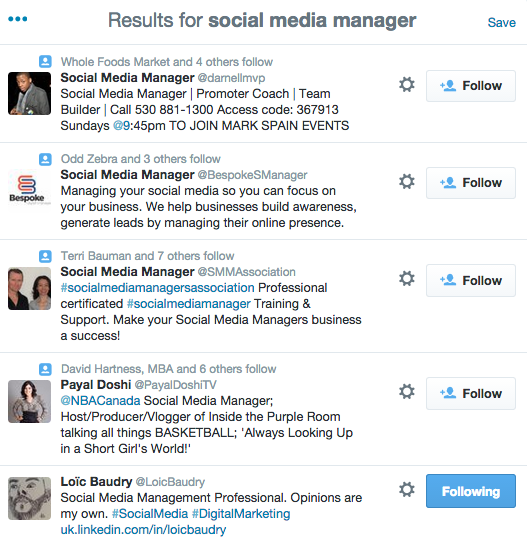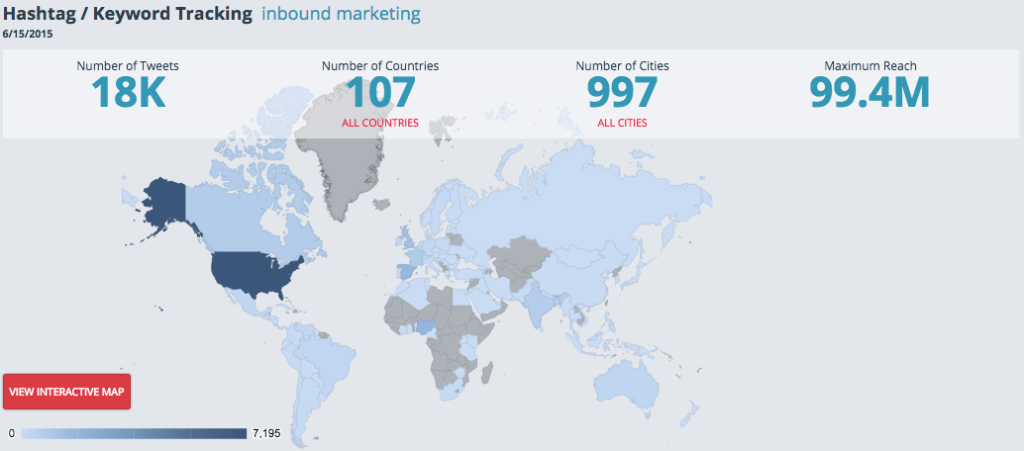The search for the ideal customer – why it is the most crucial step to your marketing effort
If you have ever read a digital marketing message or an ad that made you go: “who’s wasting time & money to sell me something useless like that?” -followed by an immediate delete or scroll-over, then you already know the inefficiency inherent in the spray-n-paint approach to marketing to customers online.
The essential customer profile
To create the ideal customer profile quickly – summarize what this combination looks like for your product:
Company & Functional Role
Once you have an idea of the basics, you can layer these two additional layers on:
Organization Size & Industry Focus
Getting started with profiling
Example: Let’s say you are selling a digital marketing software-as-a-service product that allows the CMOs to do marketing more efficiently.
To start, you can make an educated guess that your buyer is a company that has a team of 50, and that you are targeting the company’s VP of Marketing.
Note that if you are targeting a 500+ person company, then you need to adjust the profile to something more like Director of Digital Marketing. As a general rule, smaller organizations have generalists while larger organizations will hire people to perform more focused roles.
Remember! The better you can target and more granular you can get with your customer profile, the higher the open rate of your marketing material -> lower cost of marketing -> more measurable success for your outbound marketing effort.
Following our example, our rough ideal customer now looks like this:
Company: Any company that has an active digital marketing presence, defined as having a X account with following of >10,000
Job Title: digital marketing manager, digital marketing director, Chief Digital Marketing Officer, Social Media Manager
How to create a basic ideal customers / leads database
Step 1 : finding your ideal customers on X (formerly Twitter)
X is providing unprecedented opportunities for new entrepreneurs with its free real-time micro-publishing platform that is levelling the playing field for marketers with any type of budget.
To see how X is changing the face of entrepreneurship, read our guide here
To start off, type in the keyword you are searching using X search. We’ll search for “social media managers” in this example.
Change the sidebar to “People” to see a list of potential customers that fit your criterion. Keep it simple and eyeball people that could be potentially decision makers. We’ll learn more about them and refine the list in the next step.
Step 2: Add them to a X List
Now you can check off the people you believe are your potential customers to an X List
Advanced profiling: taking your list and refining it into real leads for your business
Step one: Product association
What products are my customers using that I compete with, complement, or that might translate to interest in my product?
- In our example (SaaS software for CMOs), our customers might already be using HubSpot for creating and managing their inbound marketing or Hootsuite for social media management.
- If potential customers are running Promoted Tweets, they might also be interested in X analytics software packages
In both of these cases, we can infer that these type of people will be highly receptive to the type of product you are selling.
Step two: Customer Behaviour Research
Where are my potential customers living on X – and what are these potential buyers talking about and influenced by?
Suppose we make an educated guess that our ideal customer would likely engage in conversations about social media and inbound marketing.
We’ll use a Fedica’s hashtag report on “inbound marketing” find out where the conversations are taking place – who’s talking about it – and who are the influential people that are dominating the conversation. This research report searches the universe of tweets based on the keyword/hashtag to generate business intelligence on your topic of interest.
Click on the map to access the live link:
Topics and other keywords
Within the report, we now have a list of top associated hashtags to the keywords “inbound marketing” that our potential customers are talking about/ interested in.
We see that our potential customers are also focused on keywords such as “growth hacking”, “content marketing” etc. We can now go back to the X list and use these keywords to add more search results / people to our database.

Sources of information / influence
We also get the most influential vendors / individuals talking about this topic. These influencers can also be added to your list and/or followed. You can build a personal with them over time in order to engage them and promote your own content and message, or simply follow their content to learn more about a topic.
Continue to compile and refine your leads list with these resources
We’ve gathered some resources for you to consider when gathering a list of potential customers:
If you are selling to other software companies:
- CrunchBase (amount of money raised to date, timing of financing rounds)
- AngelList
If you are selling to consumers:
- Yelp
- Shopify
- Etsy
- Kickstarter
If you are selling to traditional industries:
- LinkedIn and Facebook groups
- Meetups
- Industry conference websites
- Trade association forums and directories
- Public Legal Filings (PR announcements, such as product, funding, key hires, or partnerships)
- Glassdoor (for things like employee head count, new employees recently added, job titles and new titles added etc)
Wrap up: targeted list can help you shorten your sales cycle, and find people who need your product & solutions
The key to customer profiling is to building a list that you know will convert because you know it’s the right person, at the right company, that almost certainly has budget. Go on X and other free databases today and use these tools as research resources to find the targeted group that could be your potential buyers.







Very useful and helpful information, I definitely appreciate it!